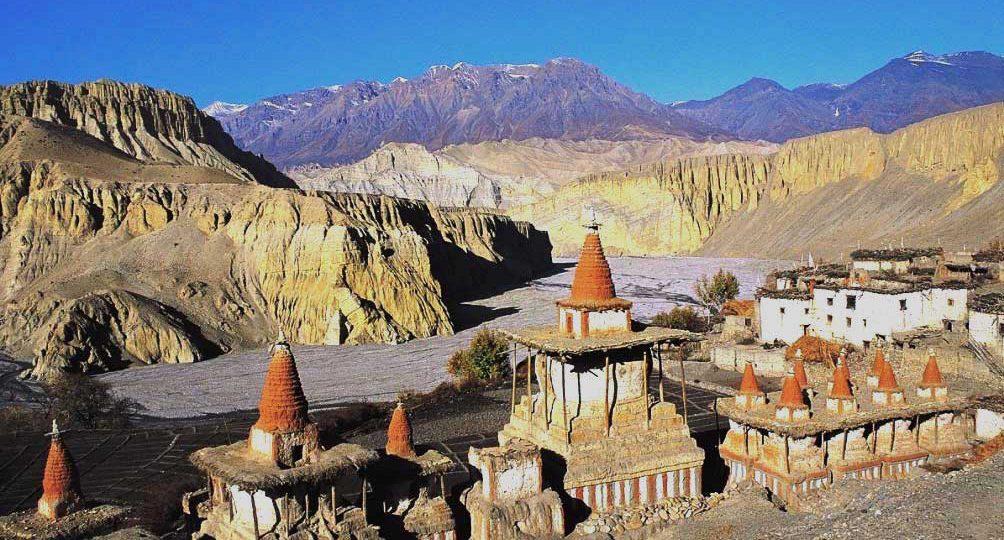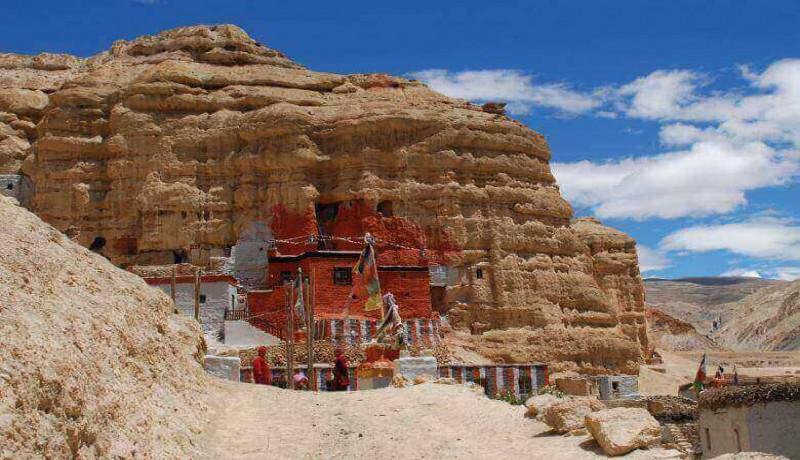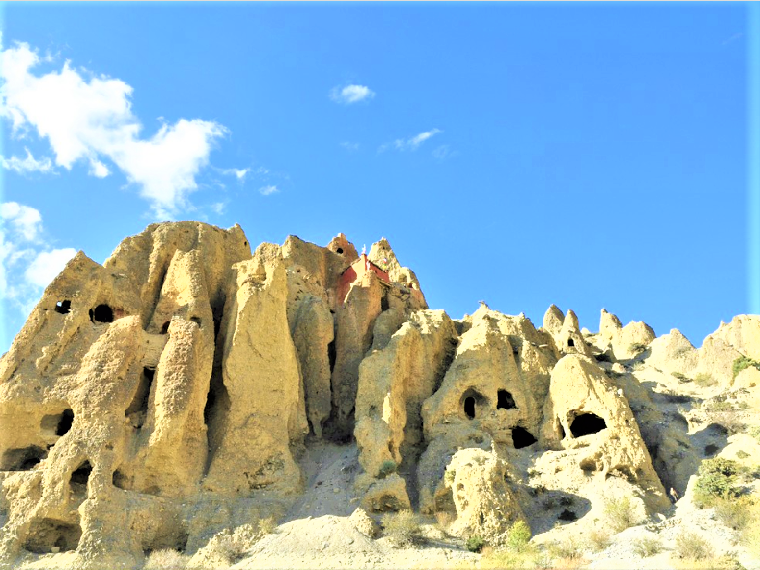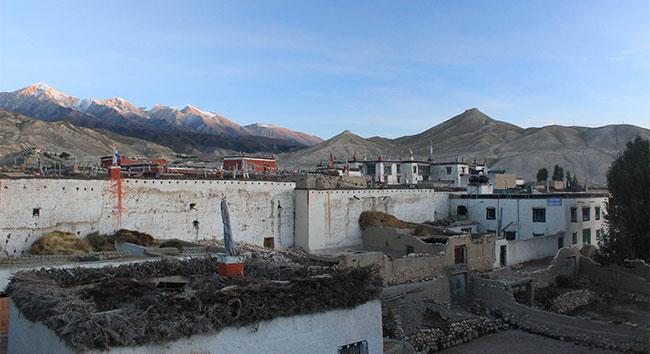
Upper Mustang: The Last Forbidden Kingdom in the Himalayas
The Upper Mustang region lies above the Annapurna and Dhaulagiri range and near the Tibetian Border of Nepal.
Although it is a Kingdom no more as Mustangs Monarchy was abolished in 2008.
Moreover, it was open to Tourism only in 1992, making it one of the last places in Nepal to be open to tourists.
History of Upper Mustang
The Kingdom of Lo (Upper Mustang) was founded by Ame Pal in 1380, he build Lo Manthang, a walled city that served as its capital.
In Tibetian, 'Lo' means south.
Mustang became a part of Nepal around 1795 but was recognized as a separate state until the 1950s when it was finally consolidated into Nepal.
Similarly, in 1950 Tibet became a part of China and the Tibetian government claimed it was a Chinese invasion of Tibet.

As a result, Upper Mustang became a base of operations for the CIA and the Tibetian Resistance Forces from where they would intercept the Peoples Liberation Army.
However, in the 1970s when then-US President Richard Nixon visited China, the US would withdraw its support for the Tibetian Guerrillas.
Due to these various reasons, travel to Mustang was heavily restricted and it remained one of the Last Forbidden Kingdoms in the Himalayas.
The Mystery of Upper Mustang
Since ancient times, Nepal imported rock salts, powdered gold, yaks, and horses from Tibet and exported spices, grains, handicrafts, and fabrics.
Mustang was the easiest trade route to Tibet and thus served as a link between Tibet and Nepal.
However, as transportation improved the import of iodized salt from India increased gradually decreasing the import of rock salt from Tibet.
The vegetation of Mustang is also one of the most unique in all of Nepal, the red and rocky desert like landscape looks like something straight out of a Star Wars movie.

Similarly due to its high altitude, wind blows continuously throughout the day and the rocky highlands also provide opportunities for rock climbing.
Likewise, the Buddhist monuments and artifacts in this region are also one of the most reveared and well preserved in Mustang.
The remoteness of this region has protected the Gompas (Monasteries) here from modern influence.
More than majority of the local population practice the Tibetian culture, they frequent two earthen Gompas; Thubchen and Jamba.
There are reportedly more than 1,500 mandalas(Buddhist Spiritual Diagram) inscribed in Jamba which also happens to be the only monastery entirely painted with mandalas.
To add to the mystery of Mustang, there are at least 10,000 sky caves along the rocky cliffs.

Several kinds of research that have been conducted to know who built these caves and or for what purpose they were built.
Unfortunately, no concrete conclusions have been drawn to date.
However, from some of these caves, valuable Buddhist paintings, manuscripts, artifacts along with mummified human bodies have been excavated.
Research works are still under way while these sky caves have also been featured on National Geographic.
Lo Manthang Palace
The piece de résistance in all of Mustang has to be the Lo Manthang Palace.
The Lo Manthang Palace was constructed in 1442 by the first king of Mustang, King Amad Pal and is five storyed, with the main palace painted in white lime.

Similarly, the palace is strategically walled serving as a fortress to the palace.
Likewise, there are three red monasteries, twelve chorten and a mani wall near the palace.
Unfortunately, the 2015 Gorkha earthquake severely damaged the palace but since then it has been restored.
How to get here?
The trip to Upper Mustang starts from Pokhara. From Kathmandu, its only a 25 minute flight to Pokhara.
From Pokhara, you can again take a flight to Jomsom or take a public bus.
Once you’ve reached Jomsom, you need to Kagbeni, the gateway to Upper Mustang. And from Kagbeni you’ll head north to get to Upper Mustang.
An in order to venture into Upper Mustang, you’ll also need a special restricted area permit which will cost $50 per day per person.
Additionally, you’ll need an Annapurna Conservation Area Permit (ACAP) that’ll cost around $30. But if you’re hailing from one of the SAARC countries you can acquire it for Rs. 200.
A trek to Upper Mustang is a must have if you’re one of those outdoor junkies who love ancient culture, mysterious caves carved into cliffs, desert climates and more.
Lekhbesi Holidays has been known to provide comfortable logistics with expert guides. You can call/Viber/WhatsApp at +977-9852076345 or email info@lekhbesi.com to book your next trek to Upper Mustang.
